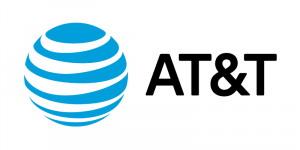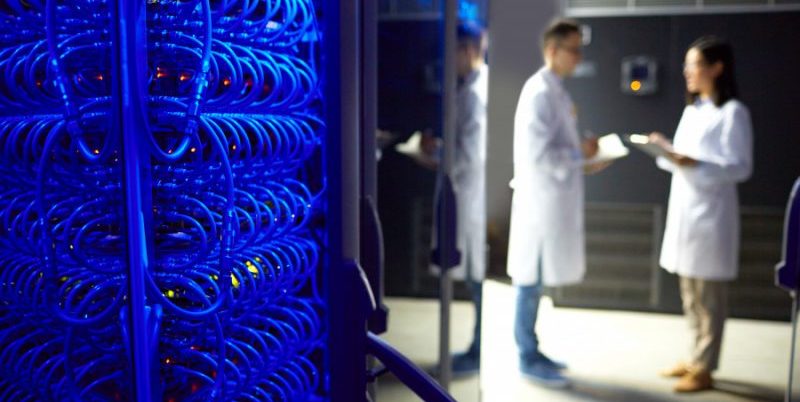It’s no secret that legacy IT systems are costing the government money and posing significant cybersecurity risks for agencies. But before agencies can modernize their IT systems, they must first modernize their networks. If you want to connect your environment to cloud, but your network doesn’t have the ability to reach it, then your new IT infrastructure is useless.
During GovLoop’s recent online training, “How Network Modernization Can Transform Your Agency,” Alen Kirkorian, Lead of the Innovation, Strategy, and Security branch in the State Department’s Office of the Chief Architect, Donald Parente, Assistant Vice President of Technical Sales at AT&T, and David Mihelcic, Federal Chief Technology & Strategy Officer at Juniper Networks gave their insights into how and why agencies modernize networks.
Mihelcic explained that agencies are pursuing IT modernization because they need to lower their operating costs. He noted, “Sixty percent of federal spending on agency operations is being used to support existing IT infrastructures, so to increase funding for new capabilities, agencies need to reduce spending on network operations and maintenance.”
Parente agreed that agencies would need to continue to modernize IT systems to maintain service levels and survive in the 21st century. He added, “New software solutions and managing service levels will be interdependent on networks.”
Government faces challenges to modernizing network and IT systems though. Mihelcic cited a risk adverse culture as a big obstacle for agency leaders and IT administrators. Many times, agencies wait to let other agencies test new IT software before adopting the new platforms themselves. The fear of new network systems can paralyze agencies until their legacy systems are severely out of date.
Another challenge is the budget and acquisition process. Parente admitted that the contracting period for IT systems is too long and needs to become more agile. Technology is changing by the minute, so agencies need to look at how to adapt more quickly to innovation.
Kirkorian, currently in the federal government, noted, “Policy and practices are slow to change to modernized technology. I wish we could have a living policy to bring more modernized technologies to government.” That being said, he also contributed that part of the issue is that due to the budget cycle and costs, government agencies must continue operations and improve IT systems as they go along.
Overcoming a risk adverse culture, a slow acquisition process, and tight budgets is not impossible though. The three men found that starting small, anticipating future changes, and automating processes are the keys to any network modernization strategy.
Kirkorian advised that agencies looking to modernize should use pilot programs in non-mission critical offices to show that new innovations are successful and secure. Then it will be easier to get the necessary buy in from agency leaders and frontline administrators. He added that GSA has a number of resources to help agencies as they attempt to implement solutions.
Although anticipating what the next great technology will be, Mihelcic suggested agencies keep this in mind when purchasing new systems. He believes agencies will need to focus on software-defined networking and open source, interoperable systems, which both facilitate easier and cheaper updates in the cloud environment.
Also, he added that agencies should automate as many business processes as possible to improve efficiency and free up funds for mission critical functions.
Network modernization is the crucial first step in updating agency IT systems. Despite institutional resistance and the current contracting structure, agencies can reap the benefits of modern technology by using pilot programs, software-defined networks, and automation to improve business and IT processes. Kirkorian, Parente, and Mihelcic agreed that government must improve how it innovates so that it reduces costs, secures digital information, and effectively delivers for constituents.
To learn more about network modernization, you can view GovLoop’s recent online training here and also be sure to check out an interview with Juniper and AT&T on Government Matters here.






why why why why do authors continue to BORE the readers. stop writing long articles. improve your writing skills and condense the information.
Ouch. That’s mean. I’m sure that with your writing skills, you could have come up with a little nicer way to express your feelings.